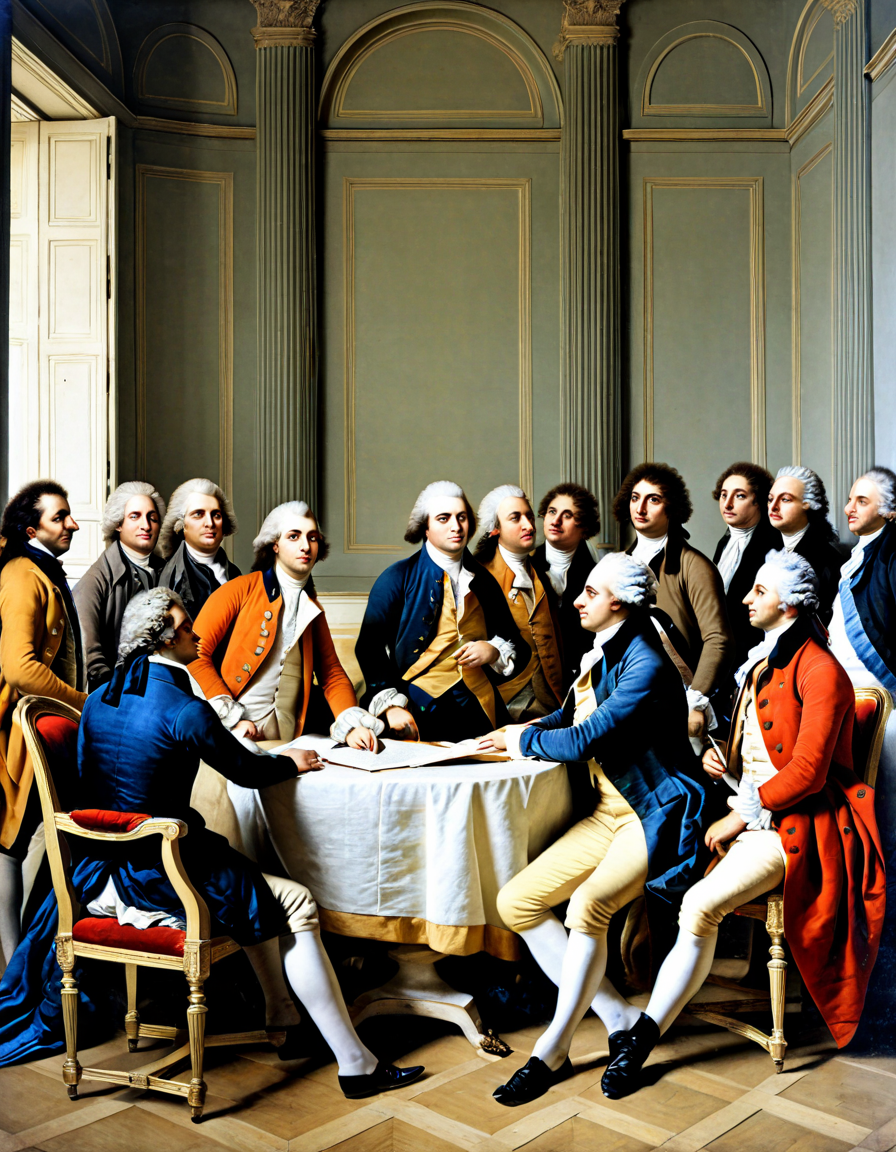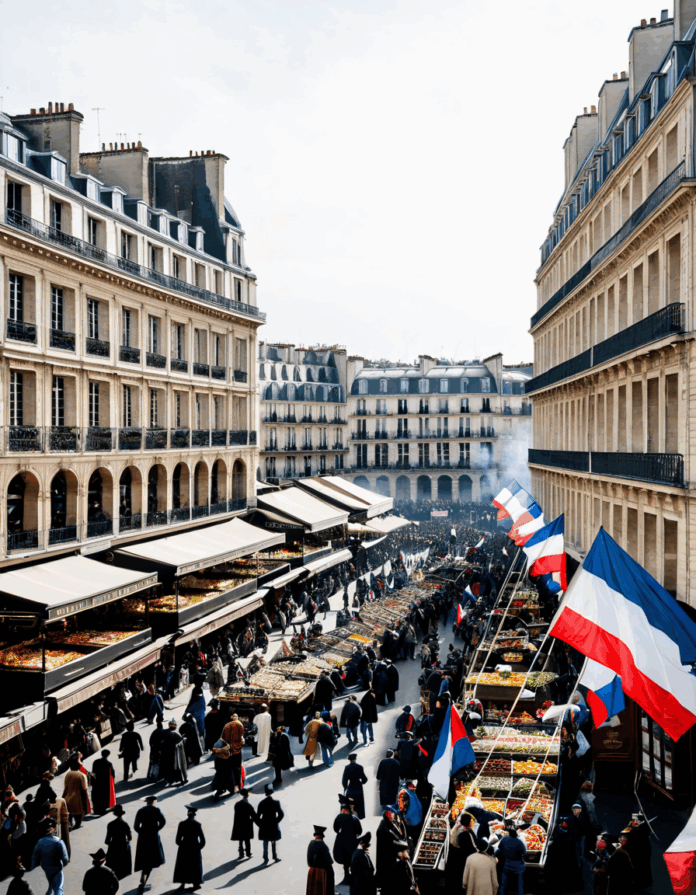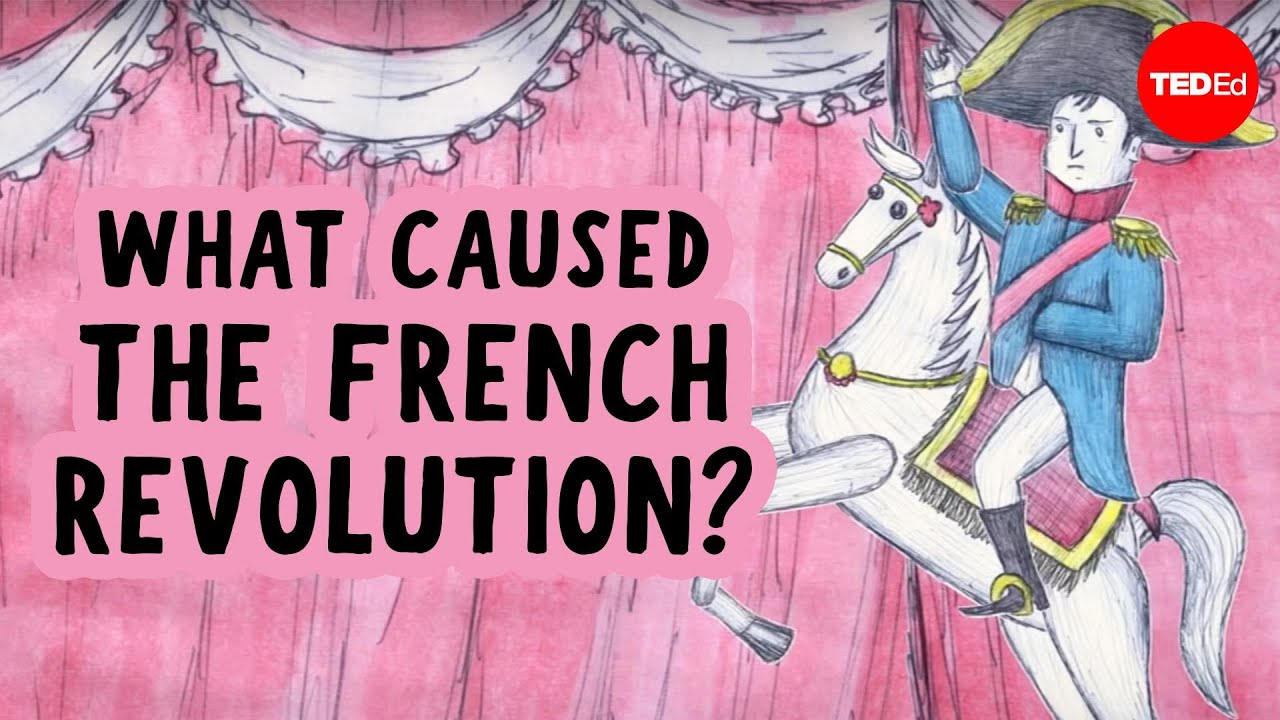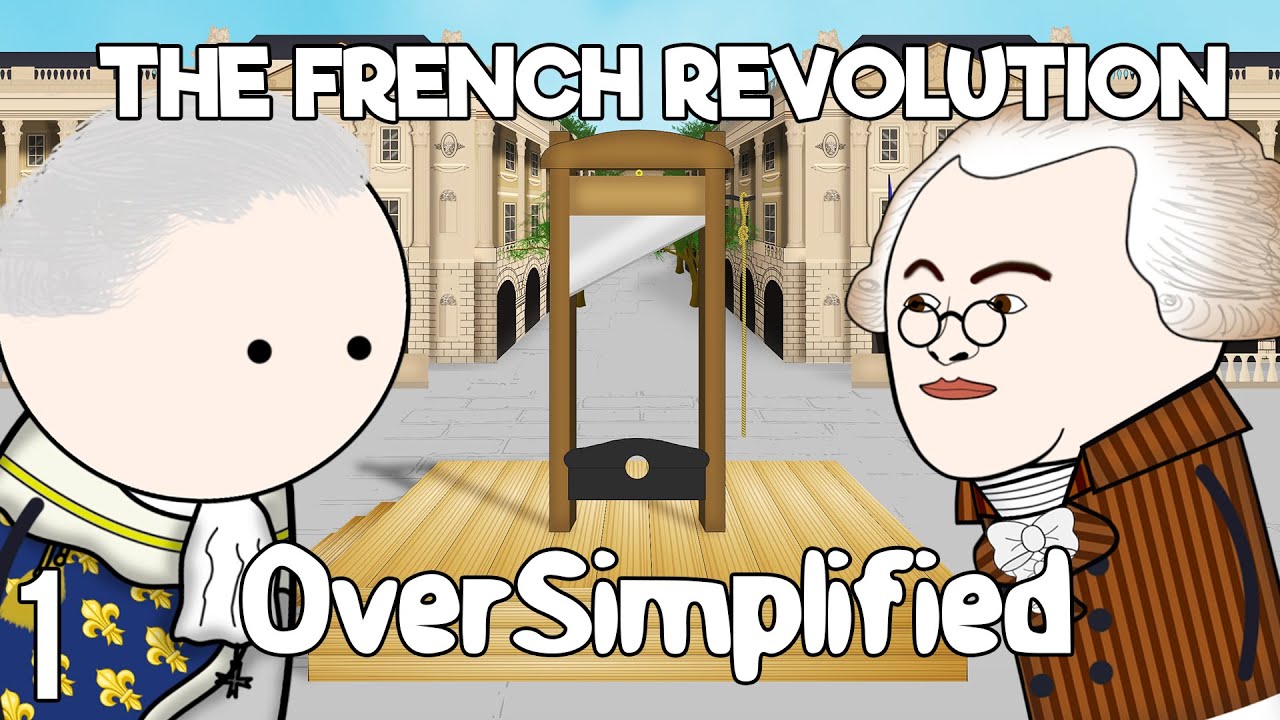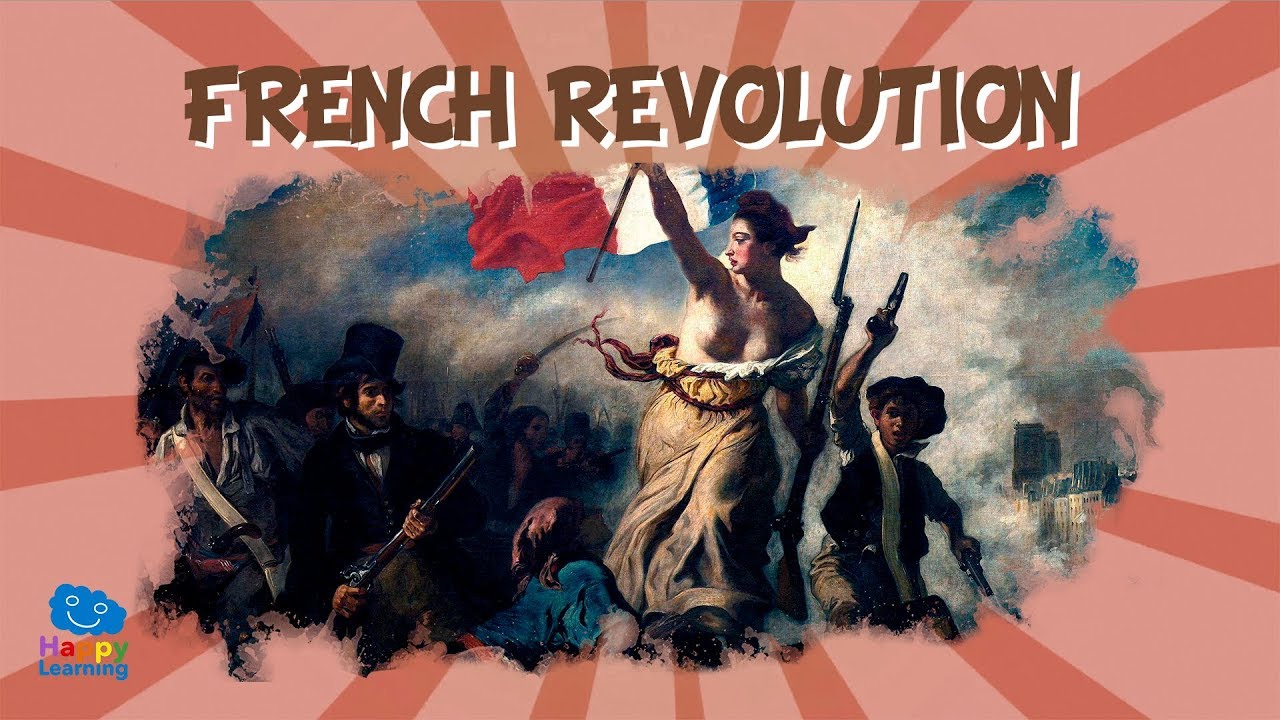The French Revolution (1789-1799) marked a significant turning point in history that reshaped not just France but also the entire globe. It was about more than just upset to an unjust political structure; it was a revolution bursting with ideals of liberty and equality. Inspired by Enlightenment thinkers such as Jean-Jacques Rousseau, the Revolution questioned outdated monarchy and championed the rights of the individual. The famous slogan, “Liberté, égalité, fraternité,” echoed through the streets, driving people’s hunger for freedom and social justice. French citizens rallied around this motto as they sought to throw off the shackles of monarchical rule, which had long suppressed their aspirations.
The ideas ignited during the French Revolution are still incredibly relevant today. These lofty ideals became a foundation for later social movements and political thought. The quest for self-governance and human rights resonated well beyond France’s borders, sparking revolutionary fires in other nations, as people yearned for that same taste of freedom. It’s wild to think that a series of events in France could inspire changes in distant lands like America, Haiti, and across Europe.
The Key Ideals of the French Revolution: Liberty, Equality, Fraternity
The three core tenets of the French Revolution, Liberty, Equality, and Fraternity, encapsulated the objectives of a society tired of subjugation. Liberty represented the call for individual freedoms, while equality emphasized justice for all citizens, regardless of their social class. Fraternity spoke to the community spirit, urging individuals to actively support one another in the fight against tyranny. Each element was interwoven, stirring a potent concoction of discontent against oppression.
Yet, the spirit of the Revolution was rooted in philosophical traditions that bore significance long before the 18th century. Enlightenment thinkers, particularly Rousseau, argued that sovereignty belonged to the people through a social contract. His ideas encouraged the rise of an informed citizenry, ready to demand their rights and freedoms—a pivotal moment in history.
This newfound consciousness led to the Declaration of the Rights of Man and of the Citizen in 1789. This document proclaimed that all men are born free and equal in rights. While it laid the groundwork for modern human rights, it also sparked debates and conflicts. How do we balance the ideal of equality with the realities of social class? These questions remain pressing concerns in contemporary discourse.

Three Pillars of the French Revolution: Liberty, Equality, and Their Greek Connections
Interestingly, the ideals of the French Revolution echo deeply in Greek mythology. The themes of liberty and equality resonate through stories of ancient Greek gods and heroes. Athena, revered for her wisdom, embodies the qualities the revolutionaries aspired to create within a reformed French society. In her wake, Prometheus shines as a figure who defied divine authority for humanity’s benefit, mirroring the revolutionary spirit of people challenging a corrupt regime.
Such profound connections enhance our understanding of the Revolution. Ancient myths have always shaped human perceptions of justice, power, and heroism. The revolutionists took these qualities and adapted them to their struggle against the monarchy, fighting for principles deeply entrenched in human history.
Additionally, the architectural marvels of Greece influenced the symbolic representation of liberty. Public spaces and statues idealizing figures like Marianne, a personification of the Republic, reflect a homegrown version of Greek gods, as citizens started to view themselves as guardians of freedom and democracy.
The Kitsch Surrounding the Revolution: Art, Culture, and National Identity
When we think of the French Revolution, we often picture noble ideals and historical battles. But it’s essential to recognize the role of kitsch in shaping national identity. Surprisingly, what some consider lowbrow art became a revolutionary tool. Art and propaganda during the Revolution aimed to inspire, mobilizing the masses through stirring visual narratives.
Eugène Delacroix’s painting, “Liberty Leading the People,” illustrates this beautifully. It depicts an allegorical figure of Liberty bearing the French flag, charging forward over the bodies of the fallen. This artwork not only captured the spirit of the moment but also transcended its time, creating a visual manifesto for revolution. Just like the Pensacola Blue wahoos standing for community pride, revolutionary art became symbolic of a burgeoning national identity.
Despite its kitschy connotations, this art spoke to the hearts of common folk. It transformed spirited dialogues about rights into vivid imagery that motivated change. The art of the French Revolution didn’t just decorate the streets; it spurred a sense of belonging and responsibility among citizens who could now see themselves represented.
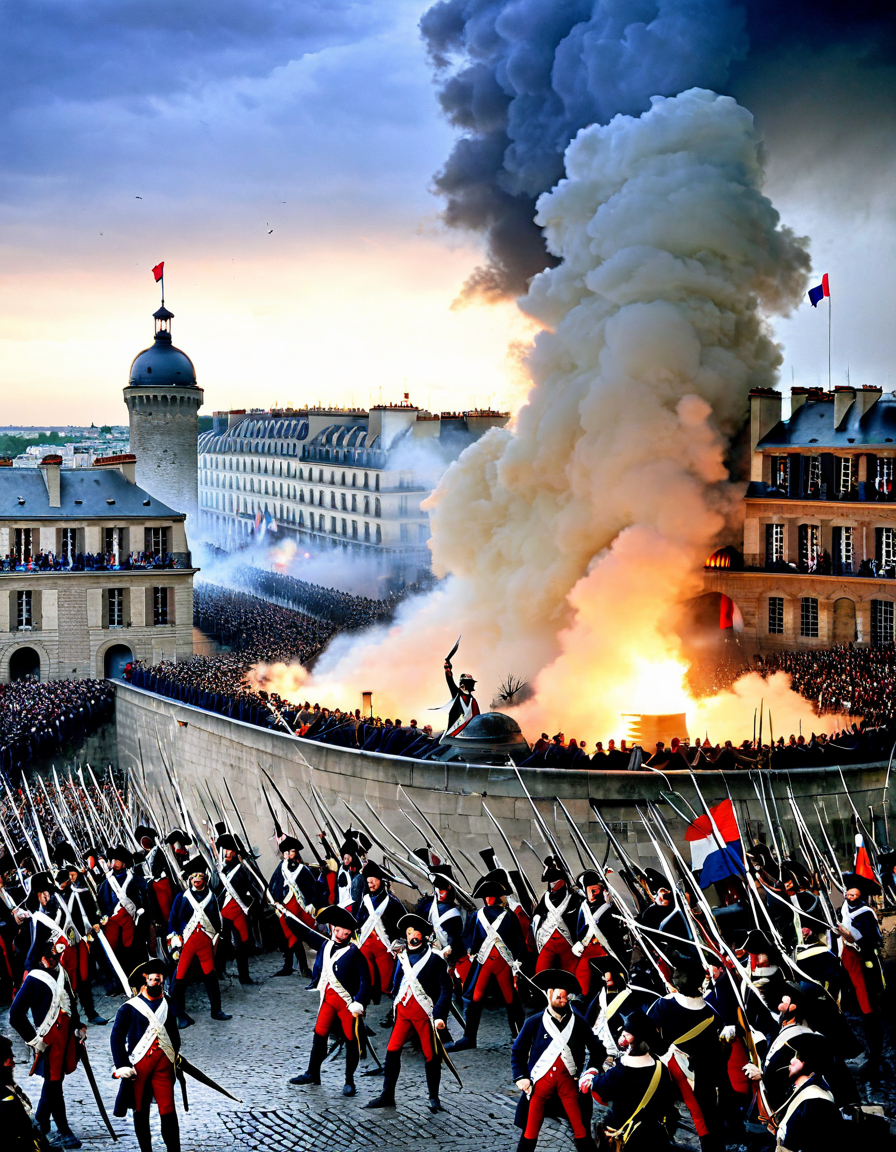
Political Reign: Roman Reigns of Power During and After the Revolution
As the dust settled from the French Revolution, the political landscape morphed dramatically. The chaotic backdrop paved the way for powerful figures akin to Roman reigns. Here, we see the rise of leaders such as Maximilien Robespierre, who initially championed radical change but later imposed terror upon those he once sought to liberate. The Revolution’s initial ideals began to fray as factions battled for control.
Subsequently, Napoleon Bonaparte emerged as a controversial figure. He portrayed himself as the protector of the Revolution’s values while also consolidating power—much like the emperors of Rome. His reign led to a mixture of reforms that modernized the French state but also enforced an authoritarian regime. Leaders often justify their reigns, and Napoleon was no different; he embraced the legacy of the Revolution while laying a foundation for imperial rule.
The simultaneous desire for a democratic governance structure and the inclination for centralized power created a turbulent atmosphere. From the Republic’s fall to the rise of an empire, history’s cycles echoed Roman reigns, teaching us that the struggle for democracy can sometimes lead to authoritarianism if vigilance falters.
The Lasting Legacy of the French Revolution: Modern Reflections of Liberty and Equality
Fast forward to today, and the French Revolution’s legacy endures in various global movements advocating for justice and equality. The Revolution did more than just reshape France; it laid the groundwork for movements across the globe. The principles of liberty and equality continue to resonate through social justice campaigns.
Take the Black Lives Matter movement, for instance. It draws parallels to the revolutionary fervor of 1789. Advocates fight against systemic oppression in ways reminiscent of the aspirations that fueled the French Revolution. They seek to redefine societal structures and demand recognition and respect for all lives, particularly marginalized communities.
Contemporary political debates also mirror the revolutionary ideals of the past. Globally, discussions about wealth inequality spotlight injustices echoed in the demands of 1789. The cries for a fair and just society resonate deeply today. As people protest for their rights, the ghosts of the past remind us that the battle for liberty and equality is anything but over.
Wrapping Up the Journey of Revolution
The French Revolution was a critical juncture in human history, serving as a catalyst for ideals still vital in the 21st century. Its intertwined influences, from classical mythology to artistic expressions and the struggles for power, paint a complex narrative. The revolution not only sought to overthrow a king but also to forge a nation that could hold dear the principles of liberty and equality.
Just as the Greeks mythologized their heroes, the French Revolution created its own tapestry of liberty and justice. These ideals challenge us now, urging our society to constantly strive for a future where freedom and equality become lived realities for everyone. In our own fight against inequality, we continue to learn from this remarkable chapter of history, reminding us that vigilance is vital if we hope to achieve a world where the ideals of 1789 are truly fulfilled.
French Revolution: The Rise of Liberty and Equality in France
Historical Highlights
Did you know that the French Revolution, which began in 1789, was profoundly inspired by Enlightenment ideas? Think about it—this surge of new thinking challenged traditional authority and laid the groundwork for concepts like liberty and equality that we cherish today. Interestingly, even the temperature of societal unrest can often be compared to extreme weather; when it reached a boiling point—some might say even up to 41 Degrees Celsius To Fahrenheit—the( Revolution erupted. It was a pivotal moment that swept away centuries of feudalism, as people joined forces, calling for their rights. Just like how a shift in seasons can be in a violent nature, the Revolution saw considerable upheaval and tumult.
Key Figures and Events
Famous figures emerged during this period, ranging from Robespierre to Marie Antoinette, each leaving a distinctive mark on this critical chapter of history. One curious yet lesser-known fact is that during the tumult, many revolutionaries were influenced by the Ides Of March meaning, reminding us that power struggles often have fatal consequences. Not only did these events evolve dramatically, but they also paved the way for future leaders, inspiring them to dig deep into the past when crafting their agendas. Just as the Saudi Crown prince mohammed bin Salman navigates complex political waters today, revolutionaries had to maneuver through shifting alliances and rivalries.
Cultural Impact
Aside from its political ramifications, the French Revolution shaped cultural landscapes in ways we still see today. Think of it as an emotional rollercoaster, where turmoil led to artistic flourishing, a bit like how artists reflect on personal trials in their work. Has anyone ever made a Bff in the heat of a revolution? Apparently, friendships were often tested, and unlikely alliances formed amid chaos, showcasing the human spirit at its finest. The revolution set a precedent for future movements around the globe, encouraging the pursuit of freedom and equality, much like the fervor found today in events such as the upcoming Morgan Wallen tour 2025, where fans unite over a shared love for music and community.
Understanding the French Revolution isn’t just about remembering dates and leaders; it’s about appreciating the journey toward a more equitable society. So, next time you hear about liberty or equality, think back to those brave souls who fought against the odds to make it happen!
